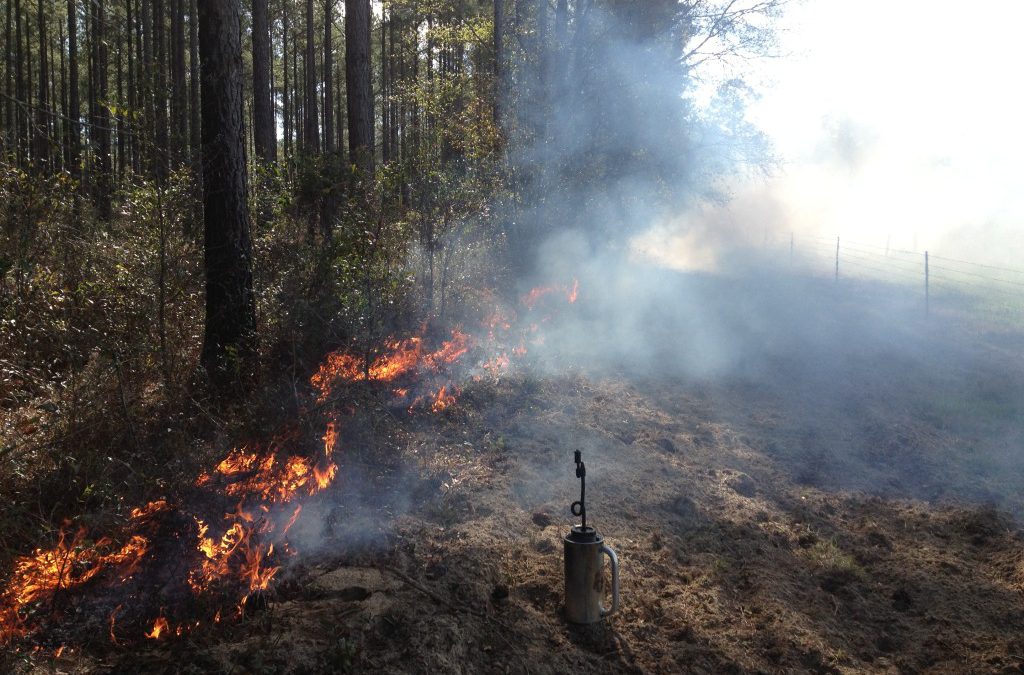
Panhandle Outdoors Live: Woodlot Management
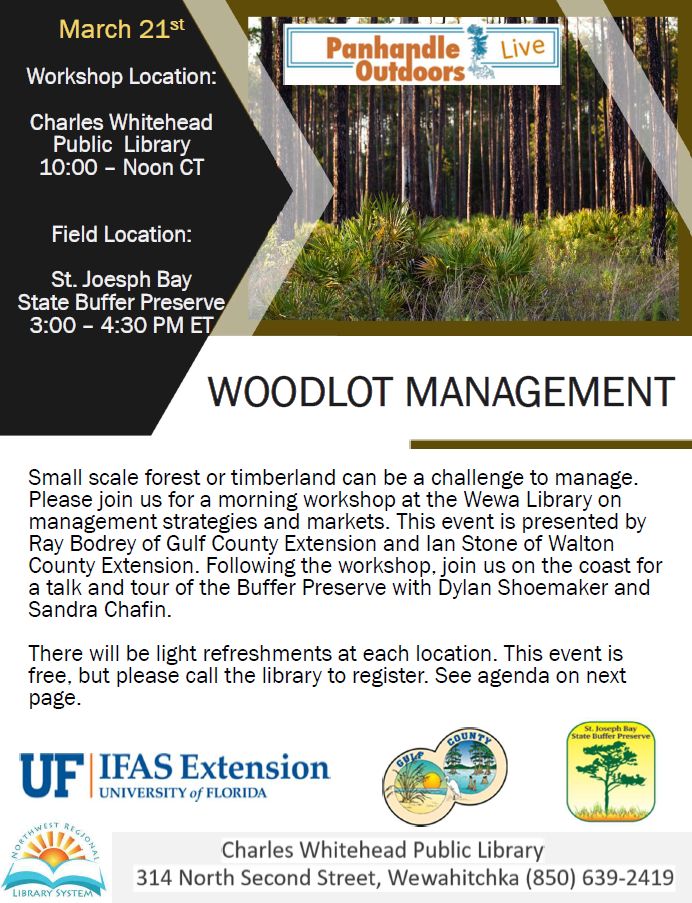
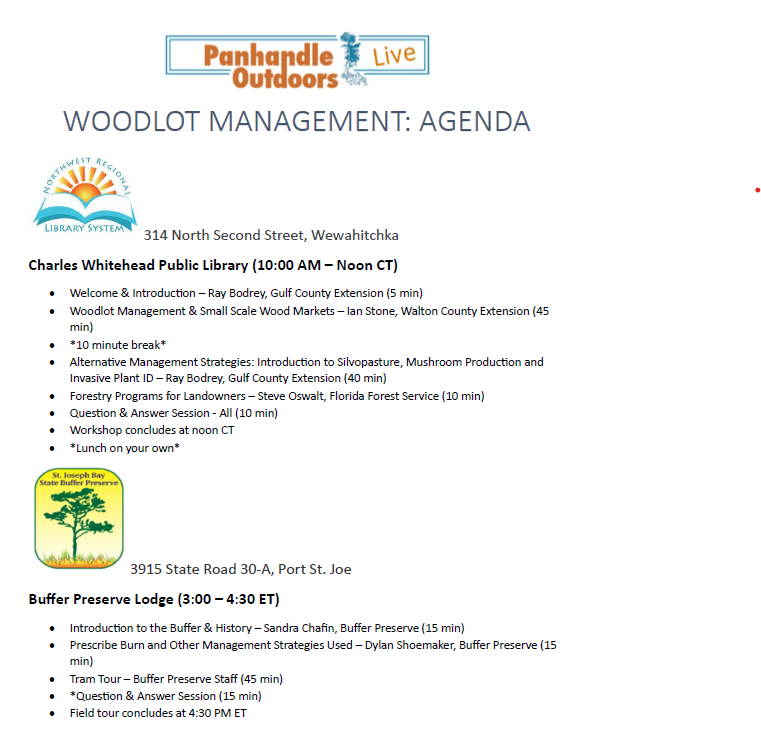




Have you been stuck in the routine of winter burns? Do you miss getting burns in because you run out of burn days? Are you interested in starting or improving prescribed burn efforts on your property? If so, join us for a day of learning, networking, and discussions.
Topics include: Expanding your burn windows, effects of burning during different times of the year, smoke management, working with other landowners to conduct prescribed burns, and cost-share opportunities.
When: March 8, 2024 / 9am to 3pm (lunch is provided)
Location: UF IFAS Okaloosa County Extension Office
3098 Airport Rd, Crestview, FL 32539
REGISTER BY MARCH 1, 2024


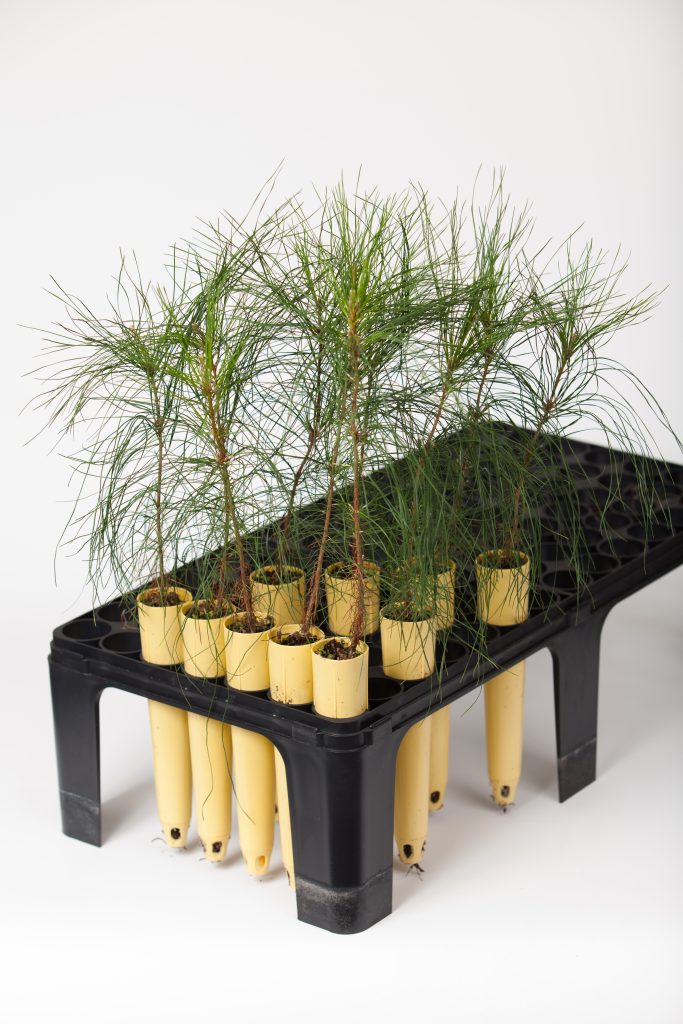
It is Florida Arbor Day and all across the state people will be picking up trees and planting them for the future. It is also the time of year where large reforestation efforts are underway to get the next generation established. Planting trees is one of the most hopeful activities you can do. It takes a long time for a tiny forest seedling to become a titan of the forest. Similarly, a larger nursery grown tree planted in an urban setting takes a long time to get to the large shade tree that is envisioned. Whether in an urban or forest setting getting tree planting right is the difference between success and failure. Today we celebrate Florida Arbor Day, in large part because this is the best time of year to plant trees in our climate. Planting trees in the cold of winter means they can focus on growing and establishing a root system before the leaf and shoot growth they put on in spring. This is why states move their Arbor Day observance and the most southern and warm states like Florida, Louisiana, and Texas have the earliest celebrations.
So, what goes into planting a tree properly? Well, it is a lot more than green side up that is for sure. It takes lots of planning, care, and attention to detail. The specifics are very different when planting thousands of forest seedlings across a tract vs just a few large trees in a park. The basic principles are the same though and we will start with forest trees. For reforestation in forests the journey starts in specialized forest nurseries that produce the millions of trees needed to serve the forest industry of the area. Let’s take a deeper dive into getting tree planting right in this important time of year.
Getting tree planting right in forest settings really starts with the tree species and seedlings used. If this is selected wrong, the seedling quality is low, and the seedlings are not handled correctly in shipment and the field; complete planting failures can occur. A failure is very costly as you not only have the cost for this year but the replanting cost the next, plus you lost a year of forest growth. Thankfully, it is very rare now since we know good planting protocols and follow them regularly. Forest seedling nurseries are extremely high tech operations and now provide the best seedlings in the world here in the U.S. The U.S. reforestation system is the envy of the world and the Southeast is the jewel in that crown routinely planting the highest amount of trees of any timber region globally. Entire research divisions at major universities plus state forest agency reforestation sections and the U.S. Forest Service Reforestation Division all work in concert to ensure our forests’ future. That is not to mention the massive private nurseries run by top flight companies that are experts in reforestation and forest management. Landowners and others planting trees now have the best access and reforestation material ever available in private hands, and companies provide the highest quality seedlings available in terms of seedling quality and improved tree genetics. By spending a bit more in reforestation a huge return can be generated when a stand is mature. Landowners can take advantage of this outstanding leap in reforestation technology, but old-fashioned due diligence and good planting technique is key to realize the outcome. First and foremost, the right tree species has to be matched with the right site and range of conditions where it will thrive. Off-site plantings that are not compatible with that species (such as loblolly pine on sandhills) may succeed from a survival standpoint only to fail long term (i.e. stunting and lack of volume development). Care of the seedlings during the planting operation is key to success and establishment though. Seedlings must be stored and cared for properly until planting is completed. Poor techniques will cause issues with root structure and growth and poor care and excessive storage times before planting will cause stress that can result in seedling death or loss of vigor that leads to loss of growth. Plant seedlings right though and you will have an excellent stand. Here are some tips to get tree planting right:
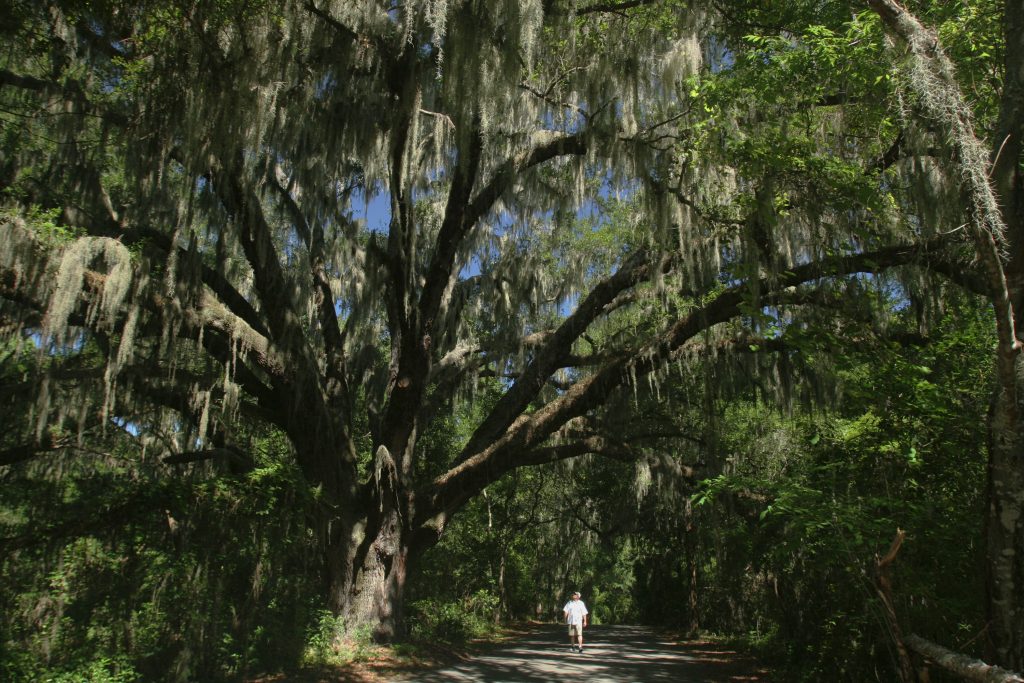
We have passed the forest tree category and we move to the urban forest and what is really the art of individual tree management. Urban forests are very different from natural forests, but they are still forests and the management principles of forestry still apply. The primary difference is planting operations in natural settings involve thousands of trees and usually count on a certain amount of loss. Urban reforestation and tree planting can rely on just a few to several hundred trees depending on the scope. The main difference is urban operations use single large container trees that have been grown for several years in the nursery and will be planted in very specific locations. There is a significant focus on each tree and the investment per tree is huge by comparison. Given this it is highly desirable that each tree live and the expense and investment in each individual tree necessitates this. Urban forests also have ready access to things like irrigation, tailored fertilizer, and many other tree care options to improve establishment. Most Arbor Day activities focus on these urban planting operations and things like tree dedications. To get it right let’s look at what we need to do to get urban trees planted right in our urban forests.
Urban trees have a rough life compared to their relatives in the natural forest. Natural forests do not have the myriad of issues that the urban forest does, but that does not mean trees can’t thrive in our urban ecosystem. Here in the Florida Panhandle, we have some of the largest and most densely covered urban forests in our city centers and metropolitan areas. In fact, our urban forest tree cover is some of the highest in the country. This is likely due in large part to our lush semi-tropical forest ecosystem that naturally thrive here. With good management our Urban Forest just sort of forms and towers over our urban landscape. Another factor supporting this is the local community commitment to tree planting and tree care. The vast majority of our incorporated communities are Tree City USA certified and many private HOA communities have HOA rules that require tree cover maintenance. These are good things for our tree cover and our communities are much more livable, enjoyable, and healthy due to our amazing urban forest. To maintain our urban forest though we need to plan tree planting and management, if for now other reason than to replace trees that die or are lost over time. As our area grows and develops new trees need to be planted in urban areas to replace ones lost as the natural forest was converted. Doing this right means more success, healthier trees, and better use of public funds through better survival. Here is what you need to know to plant a tree right in your urban setting.
Arbor Day is a good reminder that trees are a valuable and important part of the world we inhabit. That is true in a pristine forest or under the favorite shade tree at your local golf course. Except for some of the shortest-lived trees most will certainly outlive us. The longest will outlive tens of generations of we humans. Let’s hope that the trees we plant this Arbor Day are successful in establishment and benefit many generations to come.
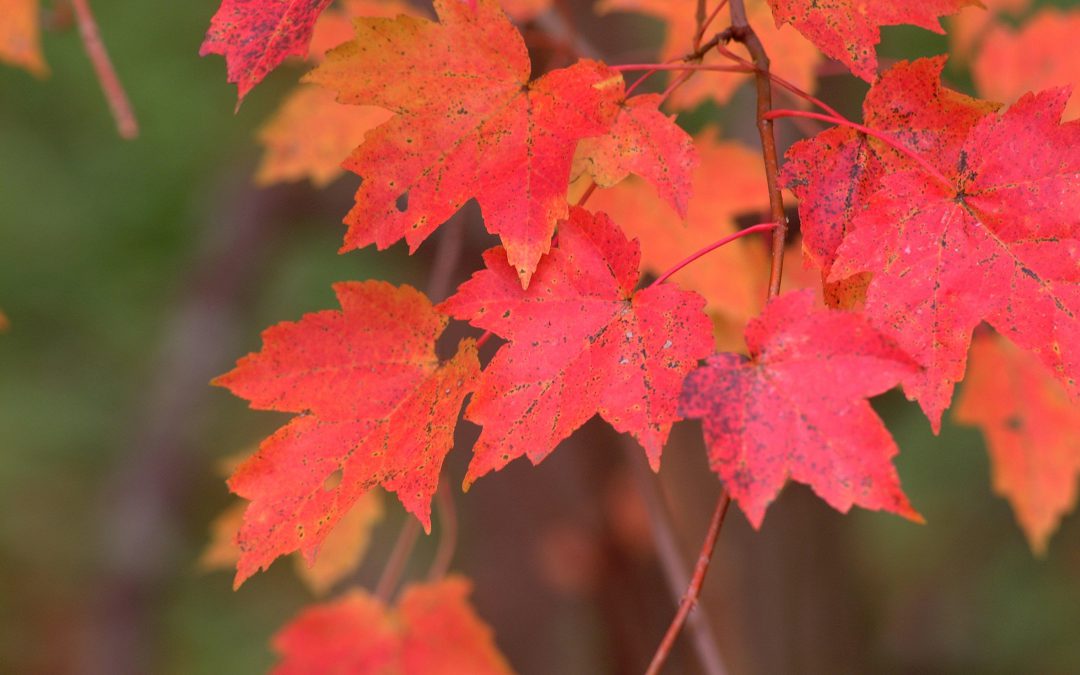
Fall color and leaf peeping is usually the last thing people think of on the Gulf Coast. Indeed, most people bemoan our lack of fall foliage and do not realize that if you know where to look beautiful fall vistas can still be seen. When the rest of the country has dropped leaves and past peak foliage our local scene is getting to the best show. Fall is a slow process here on the Gulf Coast and the area is the last to see the peak fall color. Here it is more like early winter color. The several weeks around Thanksgiving are some of the best times to see what our local deciduous hardwood trees have to offer. In a region dominated by pines and evergreen hardwoods the shows are few and far between. While our local forests don’t put on the spectacular shows that the Appalachian and Northeast hardwood forests do, it doesn’t mean we don’t have anything to offer. If you are looking for a local show you will need to know where to find areas with trees that turn the orange, gold, and red you hope to see.
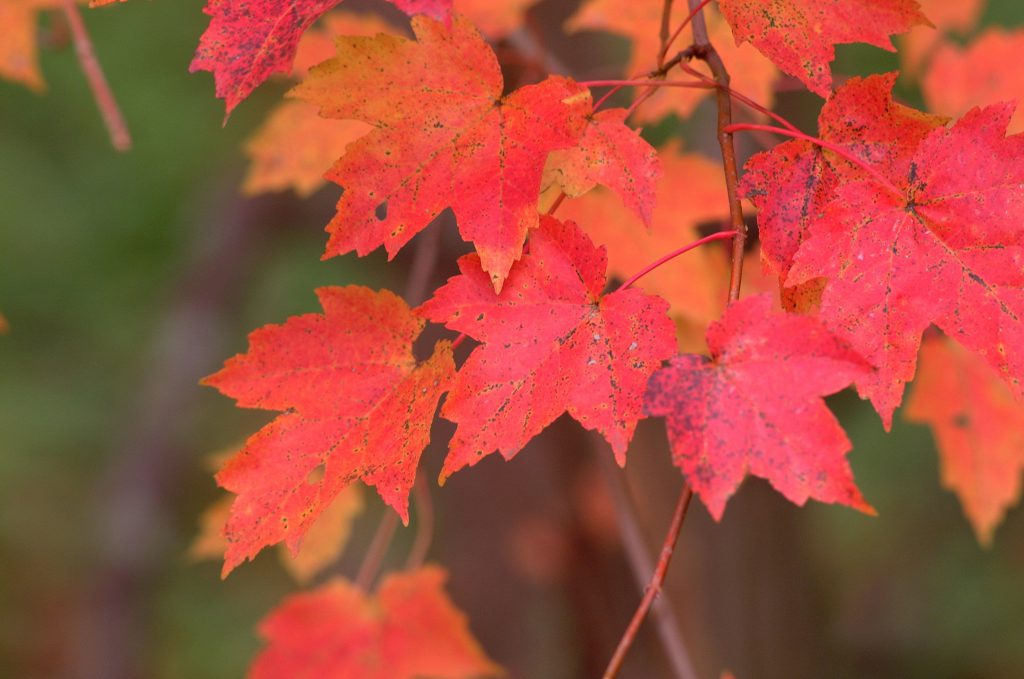
Trees with leaves that change colors are called deciduous, meaning that they drop their leaves each year during winter dormancy. Only these deciduous trees put on a show in the fall and early winter, and not all of these are hardwoods. While rare some conifers are deciduous as well, and our local bald and pond cypress are conifers that are deciduous. Conversely, we have evergreen and semi-evergreen hardwoods here like live oak, southern magnolia, and laurel oak. Evergreen versus deciduous is actually a tree’s way of adapting to climate characteristics. Evergreen trees photosynthesize year-round while deciduous trees store energy and shut down through the winter by shedding their leaves. It is this shutdown of photosynthesis and chlorophyll in the leaves that produces fall color and leaf drop. Chlorophyll is the compound in leaves responsible for photosynthesis and for the green color we see most of the year. When deciduous trees go dormant the chlorophyll is pulled out of the leaves as the trees prepare for winter dormancy. But Chlorophyll is not the only compound in leaves, and the other compounds that are left behind produce the color we see each fall. Carotenoids, particularly beta-carotene, produce the oranges; while anthocyanins produce reds and flavonoids produce yellows. The amount of these compounds in a leaf result in the colors we see. The change is triggered by environmental signals, particularly temperature. Temperatures need to dip at least into the 50 degree range regularly before changes occur. Given our variable weather pattern here on the gulf coast that means it is hard to predict the exact date when leave color will start and peak. It also means trees change slowly and often do not produce the drastic change seen to the north. The good side of this is we get to enjoy fall color much longer into early winter. This is the last region of the country where you can observe the annual leaf color show.
To enjoy leaf color, you need to know where to look here and what to look for. The best areas are river basins and wetlands as those areas have the largest concentration of deciduous trees. Swamps of cypress and mixed hardwoods can put on quite a show. Bottomland hardwood forests in river floodplains usually have the best show and turn early. Uplands are not out of the question either, while they typically are dominated by mostly pines in our region scattered oak, sweet gum, and hickory give splashes of color. On sandhills turkey oak can turn a deep red and usually is one of the later trees to turn. As the upland grasses go dormant for the winter, they can also provide a splash of landscape color. If you know where to look some of our parks and natural areas across the Panhandle provide excellent spots to see leaf color.
The Apalachicola Basin provides some of the best scenic vistas available where foliage color turns. The bottomland and mixed pine hardwood forests of the bluff lands make beautiful areas to explore in fall and early winter. Torreya State Park and Three Rivers State Park are both excellent areas to explore when looking for leaf color in the Eastern Panhandle. In the Central Panhandle Falling Waters and Florida Caverns State Parks are great areas to visit. In the Western Panhandle Blackwater State Park, Blackwater State Forest, and parks along the Choctawhatchee River provide good leaf color. A scenic drive along rural highways is a great way to see color as well, with areas close to the state line being particularly good for a nice early winter drive. Get out and see the last of fall colors while they last, in a week or so they will be gone until next year.
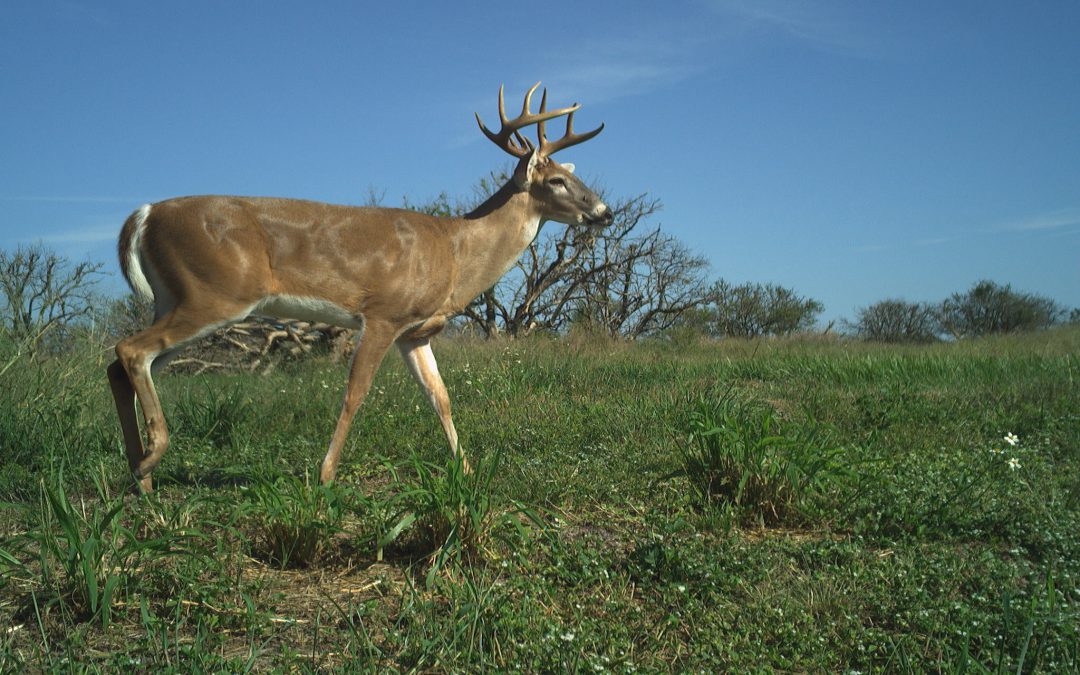
A deer darting across a path, a bobwhite calling at sunrise, or the tracks of a coyote in the mud are all fascinating examples of how we enjoy our natural areas. Have you ever wished you could watch wildlife all day to understand the intricate relationships they have with one another? What if you could learn more about their behavior? And their habitat and daily activities?
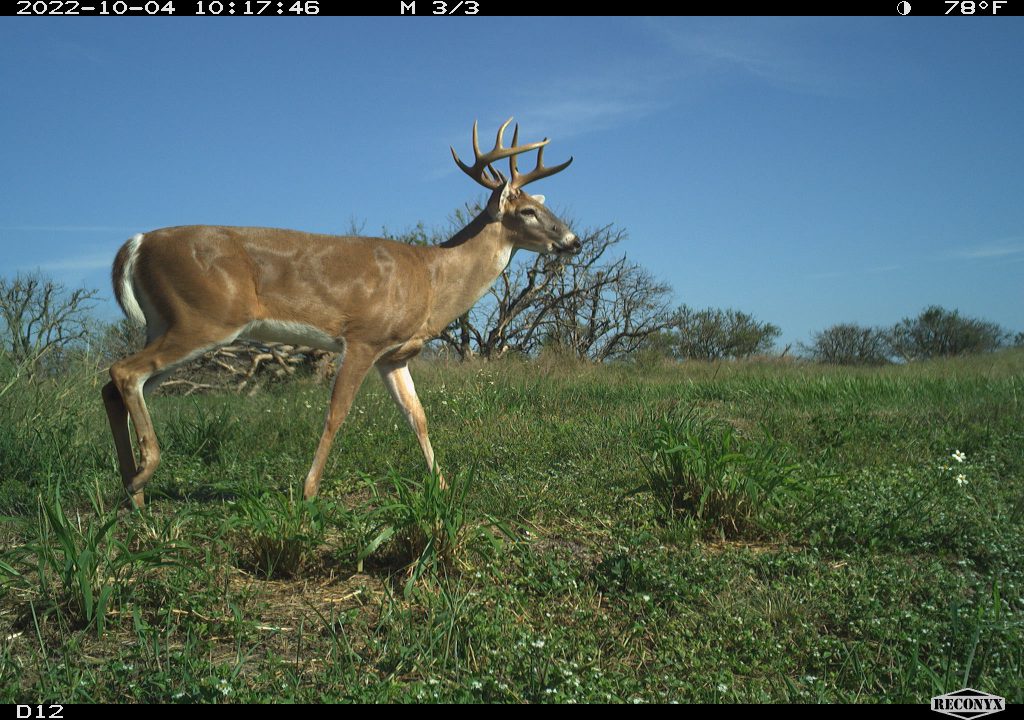
Dr. Carolina Baruzzi at the UF/IFAS North Florida Research and Education Center and Dr. Corey Callaghan at the UF/IFAS Fort Lauderdale Research and Education Center are launching “ConservationCam”, a new extension program to help you monitor wildlife on your property using camera traps.
Camera traps are a valuable tool for wildlife monitoring. When an animal moves in front of a camera, they trigger a motion sensor to take a picture or video. Camera traps can be set up in multiple ways to target a species or habitat of interest, such as a forest opening or a wildlife burrow. Thanks to their versatility and relative low cost, camera traps are being used in a variety of contexts, for example, understanding the effects of wildlife or habitat management on target species.
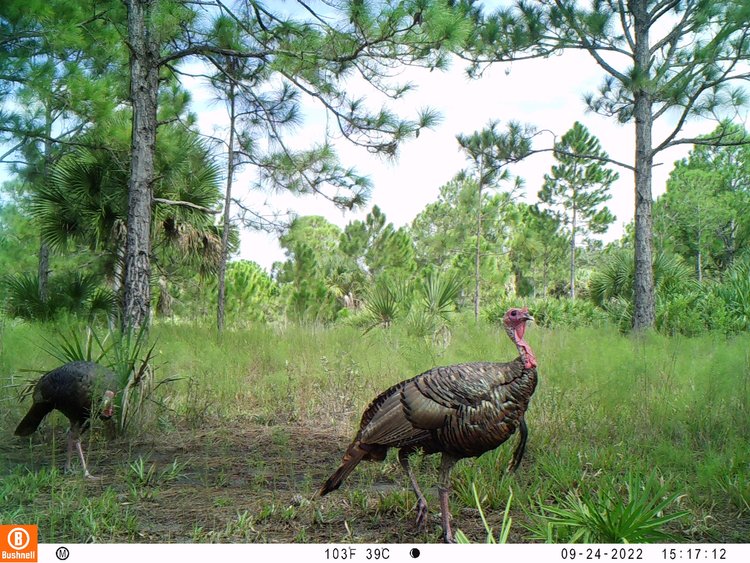
The primary goal of ConservationCam is to provide private landowners with access to camera traps, and expert guidance about monitoring wildlife and managing natural resources for biodiversity based on camera trap observations. Armed with this knowledge, landowners can make informed decisions about land management practices that positively impact biodiversity on their property. If you live in the Florida Panhandle, and are interested in using camera traps to monitor wildlife on your property, while learning how to answer different ecological questions, we are gathering expressions of interest through this online form.
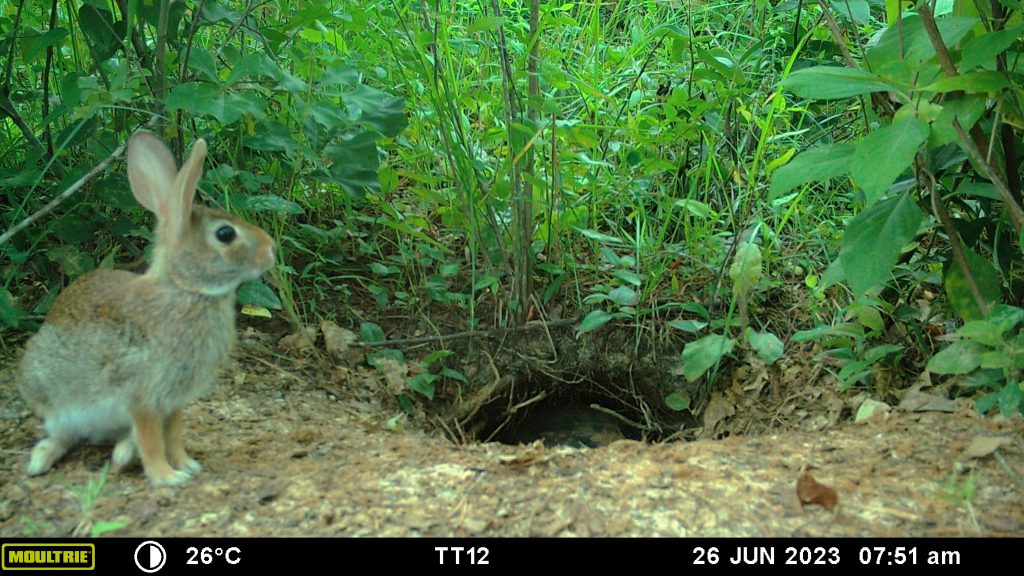

Walton County Extension will be hosting two forestry events in September. These events are available to all in the Panhandle interested in forestry and forestry-related topics. The events have been planned to cover requested information from landowners and extension clients. The events offer excellent opportunities to receive information and see forest practices in the field. Here is the information you need to know to attend these events.
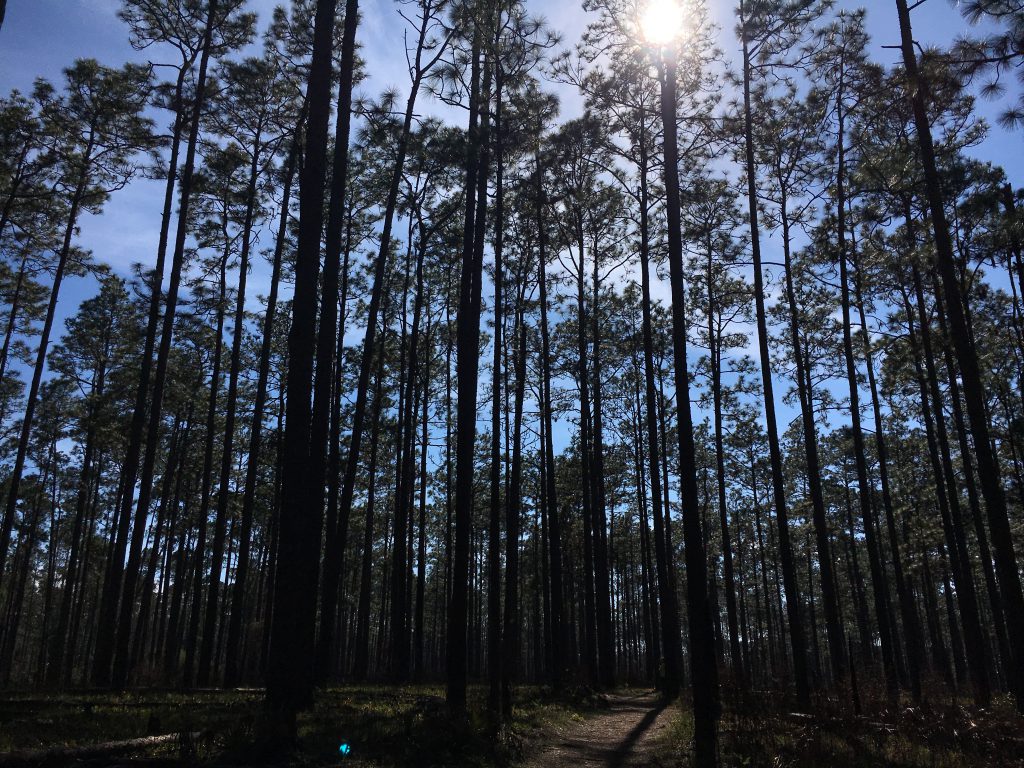
On September 14th a Forestry Toolbox series will be hosted at the Walton County office. This is a new series created by Ian Stone to help landowners understand forest management tools and techniques and add them to their “Forestry Toolbox”. The last in this series was in May focusing on vegetation management and cost shares for forestry practices. This next installment will be First Steps in Forestry and is designed for landowners that may be new to forestry or forest management or for landowners that need a good refresher on the core concepts. To help reach a broad audience this program is being offered in a hybrid format with an in-person option at the extension office and an online attendance option through Zoom. Mark your calendars for Thursday September 14th from 3:00 to 4:30 p.m. Central Time and sign up on Eventbrite through https://www.eventbrite.com/e/forestry-toolbox-first-steps-in-forestry-tickets-703588832137?aff=ebdssbdestsearch .
The second event will be a Florida Land Steward Field Tour on September 21st hosted through the Florida Land Steward Program at UF. This program is a joint funded extension program focused on forest stewardship around the state. Without the generosity of Walton County Landowners Bob Reid and Betsy Clark, we would not have access to their amazing Little Creek Woods property. Bob Reid is a landowner that is a long-range thinker and driven conservationist, who is passionate about longleaf pine and restoring the native longleaf pine ecosystem on his property over the next 300 years to what it might have been like when early explorers arrived. This will be an excellent opportunity to see the hard work, planning, and monetary input it takes to manage longleaf properly for ecological restoration. The Tour and Program are a joint project between Walton Forestry Agent Ian Stone and Florida Land Steward Coordinator Chris Demers. The tour will be at the property in the morning from 9-11:30 a.m. Lunch will be offered at the extension office following the program and an open forestry discussion forum and networking session will follow until 2:30 at the Walton Extension office. Find more information on the Florida Land Steward Website Events Calendar – Florida Land Steward – University of Florida, Institute of Food and Agricultural Sciences – UF/IFAS (ufl.edu) or sign up through Eventbrite at Florida Land Steward Tour at Bob Reid and Betsy Clark’s Little Creek Woods Tickets, Thu, Sep 21, 2023 at 9:00 AM | Eventbrite .